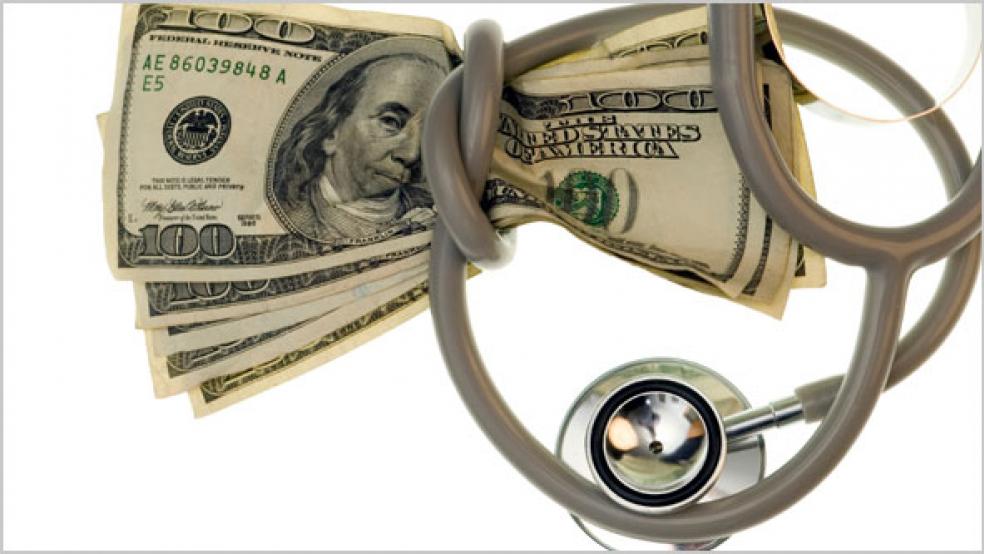Ezekiel Emanuel, an oncologist and one of the architects of the Affordable Care Act in the Obama administration, says that while much of the debate around Obamacare is focused on coverage, one of the law’s most important features is cost control. And by Emanuel’s calculation, the ACA’s cost-control effects have been quite significant, reducing health care spending by more than $2 trillion between 2010 and 2017.
Writing at STAT, Emanuel says that a 2010 report from the Office of the Actuary of the Department of Health and Human Services estimated that total U.S. health care spending in 2017 would be $4.14 trillion, or about 20 percent of GDP. Last December, the same office said that total U.S. health care spending in 2017 was $3.5 trillion, more than $600 billion less than projected, and a bit less than 18 percent of GDP. Adding the savings across the years, Emanuel says that “cumulatively from 2010 to 2017 the ACA reduced health care spending a total of $2.3 trillion.”
Here are some of the datapoints Emanuel cites:
- Spending on Medicare “was 10 percent ($70 billion) less” than the 2010 projection.
- Spending on Medicaid and the Children’s Health Insurance Program (CHIP) “was a whopping $250 billion below expectations (partially — but only partially — due to the failure of some states to expand the program).”
- Employer-sponsored health insurance was projected to cost $1.21 trillion in 2017, “but it came in at $1.04 trillion, a difference of $170 billion for that year.”
- Premiums for employer-sponsored health insurance were lower by about $1,000 per person.
- Overall, health care spending in 2017 “was $2,000 less per person than it was projected to be.”
Emanuel says that recognizing these cost savings is difficult because “no one experiences the difference between projections and reality.” He also admits that in a system as complicated as health care, it’s not easy to determine exactly why prices move one way or another. But he argues that Obamacare was designed to bend the cost curve, and the lower-than-projected health care spending in 2017 suggests that it has done just that.




